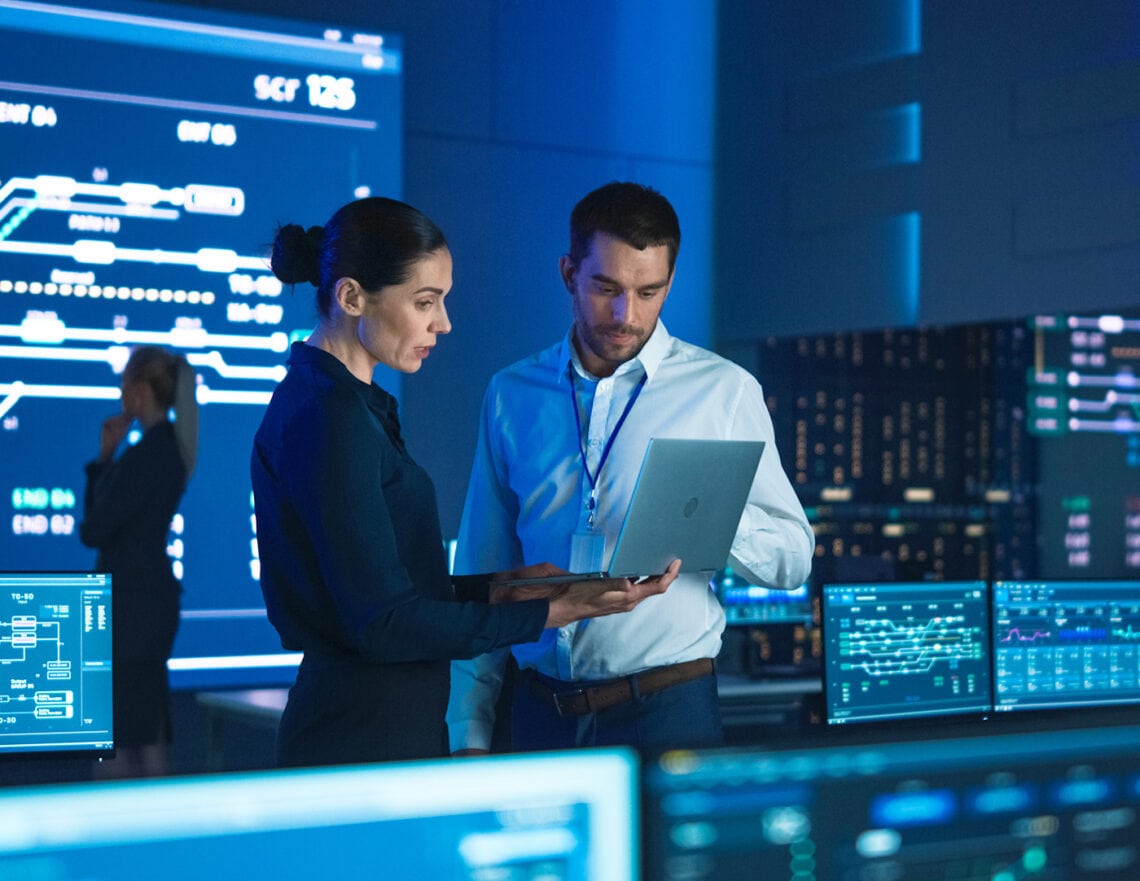
The constant barrage of alerts and news of cybersecurity threats and breaches can be overwhelming to the point of exhaustion, which raises further risk that overwhelmed IT teams are unable to focus on specific vulnerabilities in their enterprise. That’s why it’s important to make sure somebody is tasked with vulnerability management – continually evaluating the enterprise’s defenses and maintenance hygiene to ensure it is properly protected.
Let’s look at some significant cybersecurity trends that CIOs can’t afford to ignore:
Software supply chain attacks.
“A software supply chain attack occurs when a cyber threat actor infiltrates a software vendor’s network and employs malicious code to compromise the software before the vendor sends it to their customers,” explains a report from the Cybersecurity and Infrastructure Security Agency (CISA). Furthermore, “Newly acquired software may be compromised from the outset, or a compromise may occur through other means like a patch or hotfix.”
A particularly painful example of this is the breach into IT management software provider SolarWinds that resulted in the firm sending out software updates containing malicious code that, creating vulnerabilities in potentially tens of thousands of the company’s customers. Then, in late 2021, it was revealed that nearly ubiquitous Log4j open-source code posed a threat to billions of devices using Java. This “endemic vulnerability” could remain in systems for a decade or longer according to the U.S. Cyber Safety Review Board.
When acquiring software, always consider its use in the context of a risk management program, CISA advises.
Expansion of attack surfaces.
The typical enterprise is continually changing and evolving, as are its attack surfaces, particularly with adoption of a composable approach to technology solutions, growing reliance on cloud services and the expansion of remote work.
“Currently, 60% of knowledge workers are remote, and at least 18% will not return to the office,”
That’s why enterprises need to focus on attack surface management. “Attack surface management is the continuous discovery, inventory, classification and monitoring of an organization’s IT infrastructure,” writes TechTarget’s
Cybersecurity mesh.
Gartner® predicts: “By 2024, organizations adopting a cybersecurity mesh architecture will reduce the financial impact of security incidents by an average of 90%.” Gartner® has promoted this concept of a flexible, composable architecture that addresses the growing interoperability gap among stand-alone, best of breed security solutions.
“Cybersecurity mesh, or cybersecurity mesh architecture, enables any person or thing to securely access and securely use any digital asset, no matter where it is located and to better defend the organization against security threats and sophisticated attackers,” .
Zero-trust.
Traditional defenses have eroded amid growth in distributed computing, cloud services, and remote work. “As part of a zero trust approach to security, it is now recognized that the perimeter largely does not exist anymore, and most technologies are directly exposed to the internet, putting systems at significantly greater risk of compromise,” warns the National Institute of Standards and Technology (NIST).
“Cybersecurity vendors, sensing a big opportunity, have rushed to market an array of products labeled as zero-trust technologies,”
And don’t let zero trust solutions cause you to overlook fundamental security policies. “In today’s environments, patching has become more important, often rising to the level of mission criticality,” NIST says.
Ransomware.
Unfortunately, there is no end in sight for this type of attack that uses malware to block access to systems until a ransom is paid.
CISA recommends ransomware prevention best practices such as maintaining backups, implementing cyber incident response plans, and educating and training users to identify and report suspicious activity such as phishing. In addition to employing strong security solutions, much of these best practices come down to good security hygiene, including regularly patching and updating software.
Critical staffing shortage.
According to Cyberseek, from May 2021 to April 2022, “there were 180,000 openings for Information Security Analysts, but only 141,000 workers currently employed in those positions – an annual talent shortfall of 39,000 workers for cybersecurity’s largest job.” Those jobs take 21% longer to fill on average; furthermore, there are currently more than half a million openings for jobs with cybersecurity-related skills that employers are struggling to fill.
No doubt, career prospects and attractive salaries will eventually draw more talent into these critical jobs, but enterprises need help today. CIOs will need to forge partnerships with IT security service providers that can fill the gap immediately.
